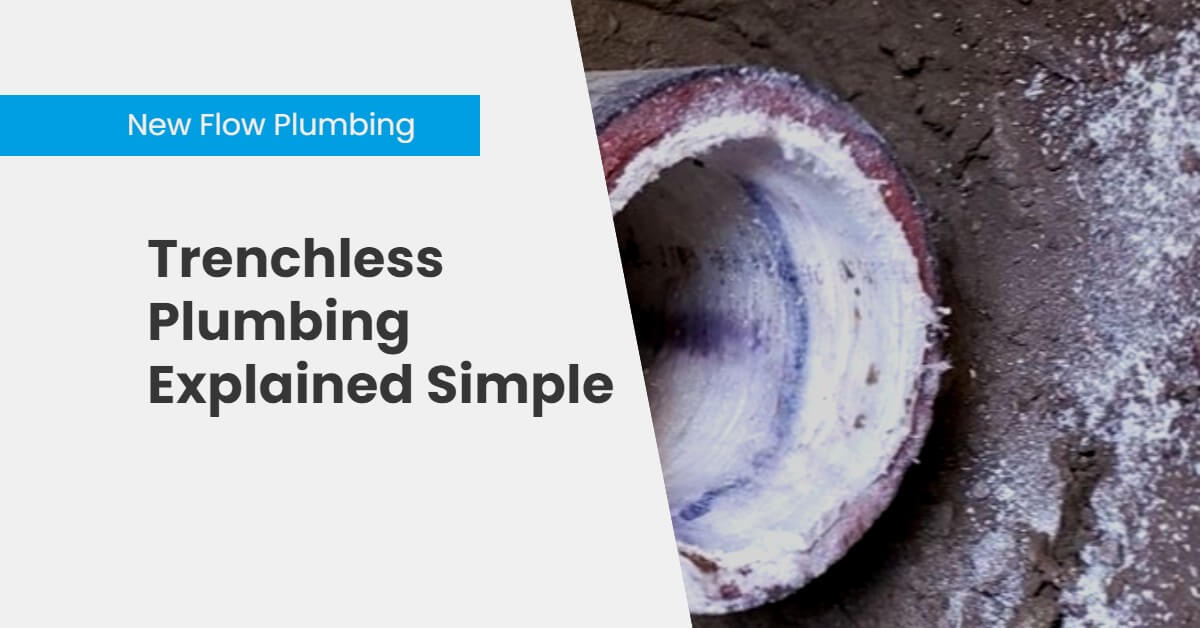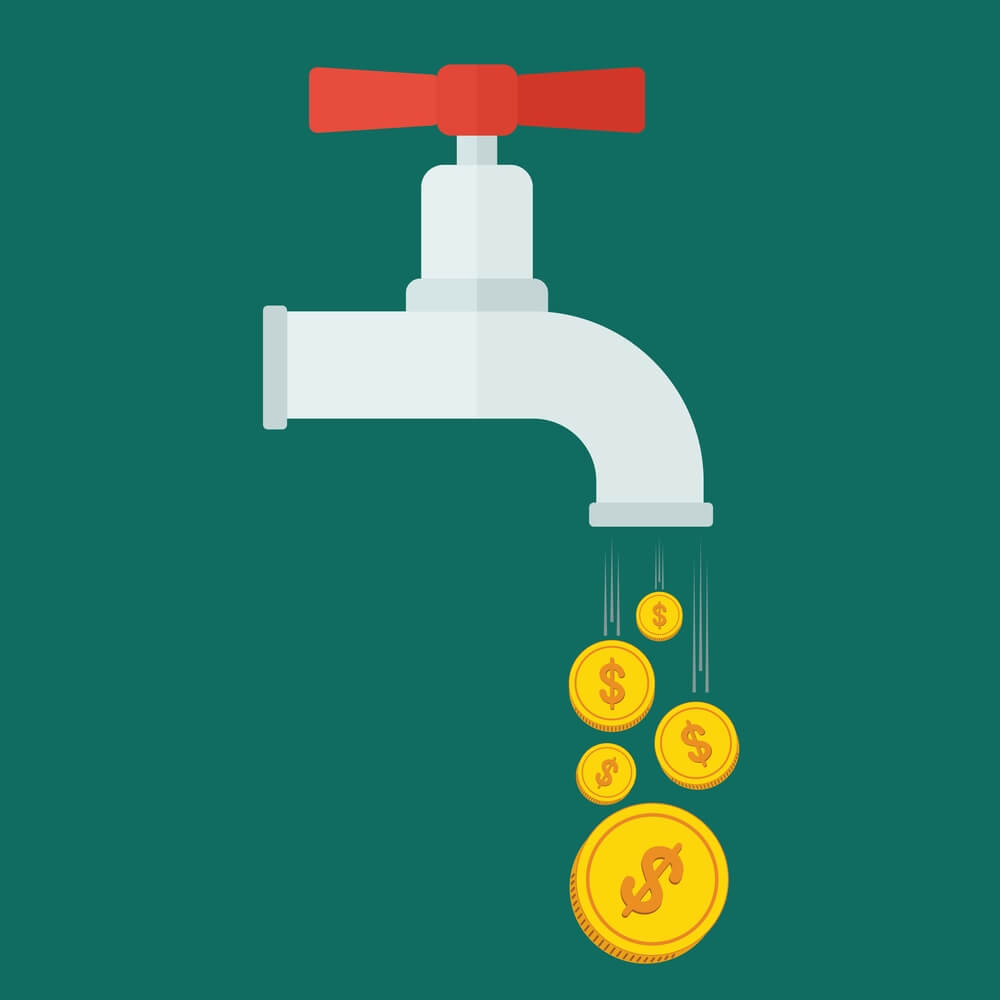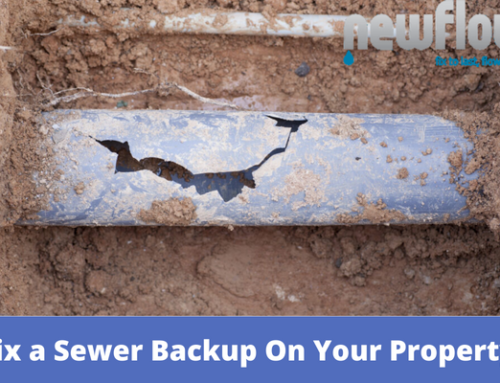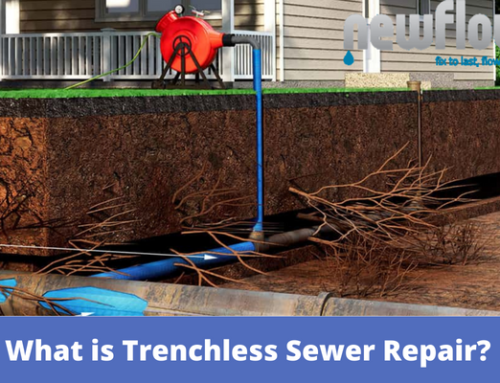Trenchless Plumbing Explained Simple
If you are having plumbing issues, and need a solution that’s cost-effective, fast, and efficient, say hello to trenchless plumbing! If you’ve used the plunger or a sewer snake, chances are you’re finding that these basic solutions don’t work.
This article is going to go over a solution that works. Something called trenchless plumbing, or trenchless sewer repair.
What Is Trenchless Plumbing?
First used in the U.S in 1975, trenchless plumbing (also called repair) is one the best solutions for fixing sewer pipes. The critical point about trenchless plumbing is that it involves no trenches. It’s non-invasive, meaning your home and yard are not torn up to fix a simple pipe. It’s fast and can be completed in only one day. Finally, it’s cost-effective, saving you thousands in clean-up and home repair expenses.
Benefits Of Trenchless Plumbing
Compared to conventional pipe replacement methods, trenchless technology has become the most recommended solution around. It’s eliminated the need to dig long trenches in your yard, rip up tiles or wood flooring, and the need to chip away concrete slabs. This new technology can be applied where older techniques cannot.
Trenchless plumbing only requires one or two access points, often 4ft x 4ft holes on either side of the house. Plumbers can make another access area by pulling a toilet out and using the floor connection. On occasions, some space around the toilet will need to be chipped away, but that is far better than destroying precious wood flooring or unique kitchen tile. The collateral damage of trenchless plumbing is nothing compared to the effects of traditional methods.
Types Of Trenchless Plumbing
There are two types of trenchless plumbing; pipe lining and pipe bursting. They both need to meet specific requirements to ensure your pipes qualify for replacement, such as the pipe’s structural integrity. Trenchless pipe replacement always begins with a pipe cleaning solution such as Hydro-jetting.
Pipe Lining
Also called structural pipe lining, or cured-in-place-pipe lining (CIPP), pipe lining involves using a one-of-a-kind, an epoxy-impregnated liner to create a new pipe directly inside your old one. CIPP is designed to last up to 50 years!
CIPP can be used on sewer pipes that have corroded over time or have cracked and are now experiencing problems with invasive tree roots and soil. After lining, the roots and dirt won’t be able to get back into the pipe.
Pipe lining can be considered replacement or repair depending on whether the whole pipe length will be lined or just a section. If just a section of pipe (a spot repair) is lined, it is considered a repair. If you line the whole pipe from start to finish, it is like getting a brand new pipe installed (aka replacement).
The Pipe Lining Process
- A CCTV sewer camera first inspects your pipe.
- The pipe is then cleaned using hydro jetting. We make sure the pipe is back to its original diameter (or as close to it as possible).
- Next, we insert an epoxy-impregnated liner into the old pipe. Inside the liner is another layer called a bladder, inflating and pressing the epoxy against the pipe. After a few hours, the epoxy cures, and now you have a new pipe directly inside the old one.
- The next step involves reinstating any branches that were covered over during the pipe lining process. This is done robotically using special equipment.
- Lastly, we perform another CCTV inspection to ensure everything is completed and then fill in any pits or reinstall any fixtures we removed.
Note: The pipe’s diameter does become slightly smaller, but it increases your new pipe’s flow capacity due to the new material’s slickness.
Check out more about – How does hydro-jetting work?
Pipe Bursting
Pipe bursting is where a new HDPE (high-density polyethylene) pipe is attached to a winch with a cone-shaped bursting head and pulled through the damaged line. The damaged pipe is broken apart as the new one takes its place. Pipe bursting can replace 600+ feet of pipe. It has some limitations that make it more ideal for straight runs of pipe and horizontal pipe. Pipe bursting is an environmentally-friendly process that involves no chemicals.
Pipe bursting can also replace a functioning pipe with a larger one to increase the flow rate. Pipe bursting is a permanent solution that lasts 50 to 100 years.
The Pipe Bursting Process
- We inspect the pipe with a special CCTV sewer camera to assess the damage and look for blockages. The sewer line inspection is non-invasive, meaning it does not damage your property or pipes and only takes 30 minutes to complete.
- The next step involves digging two small pits (around 4ft x 4ft) to access the damaged pipe.
- The new HDPE (high-density polyethylene) replacement pipe is then attached to a winch with a cone-shaped bursting head and pulled through the damaged line. As this happens, the damaged pipe is broken apart, and the new pipe takes its place. The new HDPE pipe is hooked up to your plumbing system so that the connection is complete.
- Once the repair is complete, the two access points are filled.
- The final step is another sewer camera inspection to make sure everything is running correctly.
How Much Does It Cost?
Trenchless plumbing can cost anywhere between $4,000-$15,000 for the average single-family home. Trenchless plumbing jobs range from a few feet of repair to hundreds of feet, changing the pricing per amount of needed work. There will always be a base cost starting at permits, contractor mobilization, project minimums, and then prices move on from there.
Conventional sewer repair, on average, costs $50 to $450 per linear foot. The price to install brand new pipes throughout your home or yard could run to $15,000 because of all the extensive work, such as trenching and excavation. Conventional sewer repair quotes will be lower than trenchless, but they don’t include the cost to clean up the mess and repair the property damage.
Read also – Sewer Line Inspection
Who Can Offer Trenchless Plumbing Near You
It’s time that New Flow Plumbing comes in to save the day. We’ll get you started with a CCTV sewer camera inspection to determine where your problems come from. Then, we give you a free repair estimate, followed by available repair options. Whatever the issue, New Flow Plumbing will have your plumbing running perfectly again.









